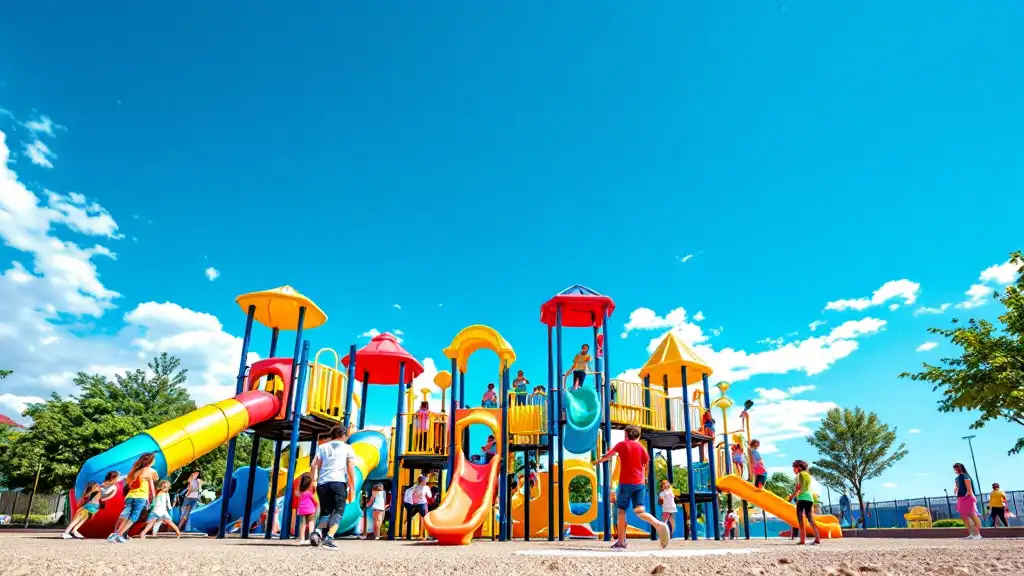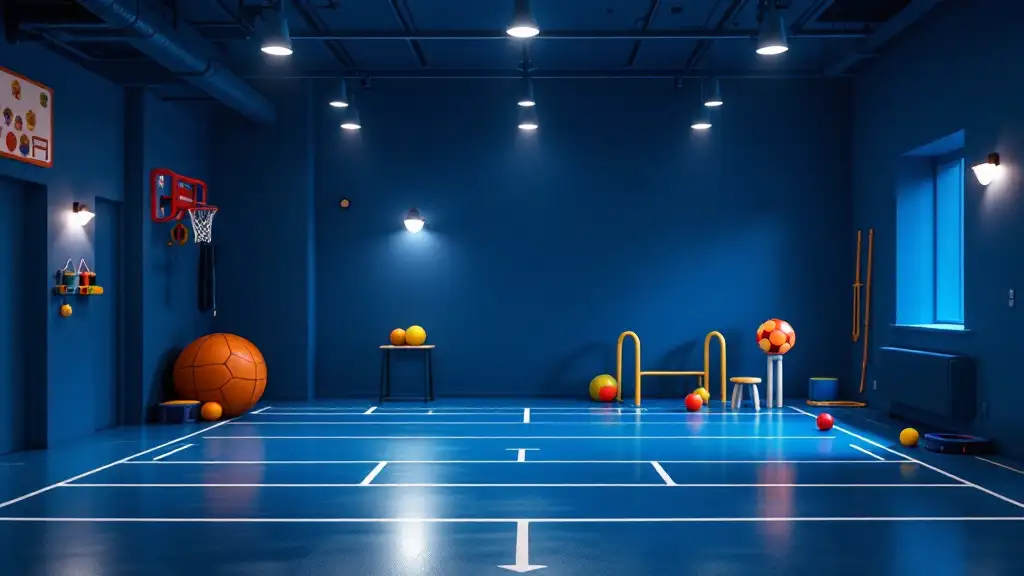
Understanding the Role of Physical Therapy in Posture and Gait Correction
Gait and postural abnormalities are prevalent issues that affect mobility, increase fall risk, and diminish quality of life. Recognizing their root causes, diagnosing effectively, and applying evidence-based therapeutic strategies are essential steps in restoring optimal function. This article explores comprehensive physical therapy techniques designed to assess, treat, and improve gait and posture, with a focus on modern diagnostic methods, tailored exercises, and techniques suitable for a broad range of conditions.
Methods for Diagnosing Gait and Postural Abnormalities
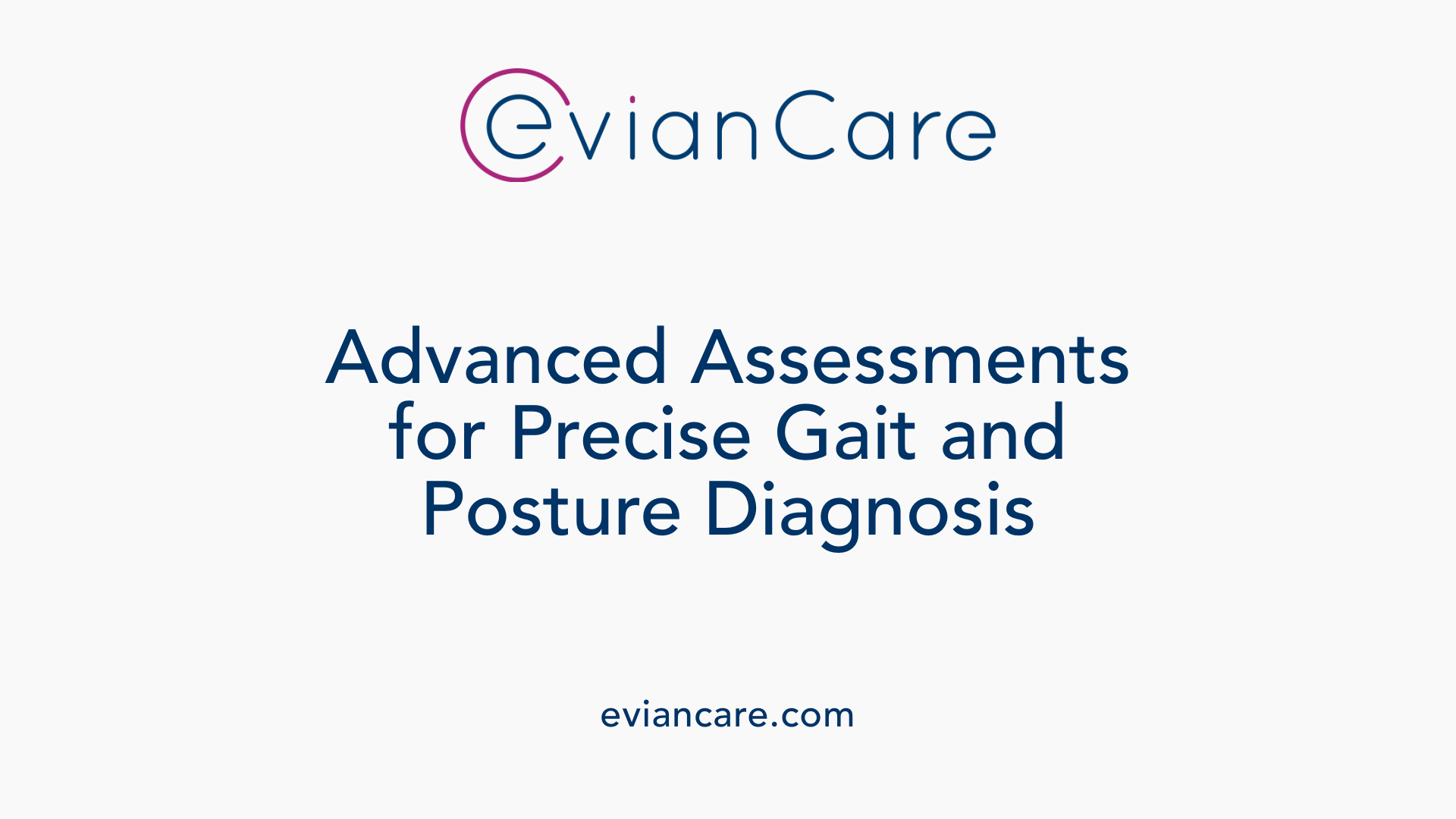 Diagnosing gait and postural issues involves an array of evaluation techniques that provide comprehensive insights into an individual’s movement patterns and musculoskeletal alignment. Initially, clinicians rely on detailed clinical observation to note abnormalities such as toeing-in, limping, or compensatory movements.
Diagnosing gait and postural issues involves an array of evaluation techniques that provide comprehensive insights into an individual’s movement patterns and musculoskeletal alignment. Initially, clinicians rely on detailed clinical observation to note abnormalities such as toeing-in, limping, or compensatory movements.
Physical examinations are conducted to assess joint range of motion, muscle strength, and postural alignment. These examinations may include palpation and functional tests to detect areas of pain or weakness.
Specialized assessments employ advanced technology for precise analysis. Force plates are used to measure ground reaction forces during walking, revealing asymmetries or instability. Motion capture systems utilize cameras and markers placed on the body to track detailed movement kinematics, helping identify deviations from normal gait cycles.
Sensor-based evaluations enhance understanding by integrating visual, vestibular, and proprioceptive input assessments. Wearable inertial sensors and accelerometers capture data on body sway, balance, and coordination in real-world or clinical settings.
Functional tests like the Functional Gait Assessment (FGA) evaluate gait stability while performing tasks such as walking on uneven surfaces or changing direction, which are critical in fall risk assessment.
Neurophysiological techniques, including EEG and EMG, record electrical activity in the brain and muscles, respectively, helping determine neural or muscular deficits contributing to abnormal gait.
Imaging tools such as X-rays, MRI, or CT scans provide structural information, particularly for evaluating joint degeneration, deformities, or neurological lesions.
Biomechanical analysis combines data from various assessments to create a detailed picture of movement mechanics. Collectively, these methods enable healthcare providers to identify the underlying causes of gait and postural disorders and develop personalized treatment plans.
Effective Treatment Strategies for Gait and Posture Enhancement
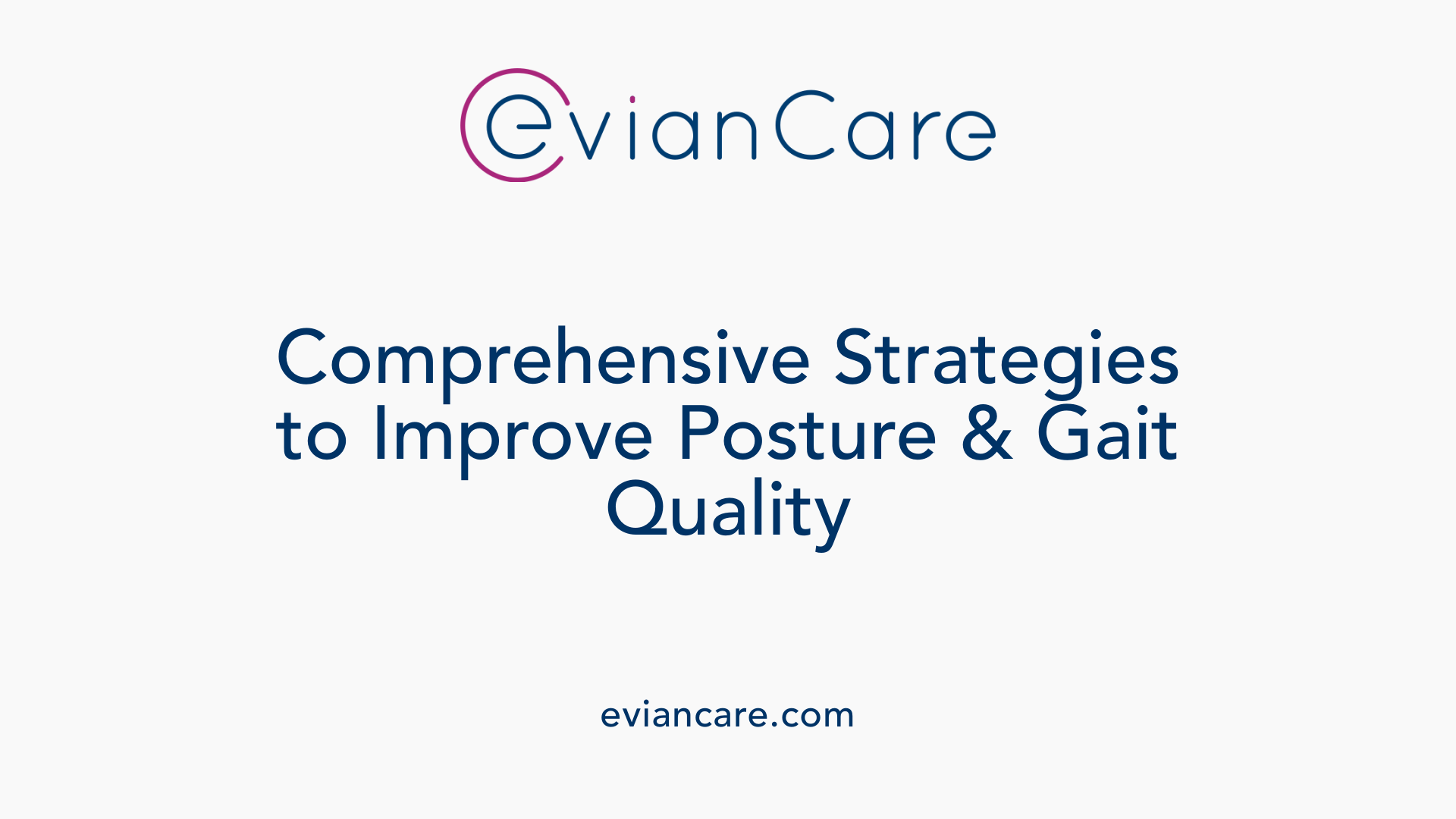 Physical therapy offers a variety of approaches to improve gait and correct postural issues, tailored to each individual's needs. Manual therapy techniques, including massage, joint mobilization, and muscle release, are often employed to address musculoskeletal imbalances. Targeted exercises such as stretching routines for the neck, shoulders, and hips, alongside strengthening movements like planks, lateral raises, and lunges, help restore muscle balance and flexibility.
Physical therapy offers a variety of approaches to improve gait and correct postural issues, tailored to each individual's needs. Manual therapy techniques, including massage, joint mobilization, and muscle release, are often employed to address musculoskeletal imbalances. Targeted exercises such as stretching routines for the neck, shoulders, and hips, alongside strengthening movements like planks, lateral raises, and lunges, help restore muscle balance and flexibility.
Postural correction techniques focus on retraining proper alignment. Therapists utilize visual observation and measurement tools like pressure plates and digital gait analysis systems to identify deviations such as forward head posture or anterior pelvic tilt. These assessments guide specific interventions that may include manual adjustments and postural awareness training.
Ergonomic adjustments are essential for long-term improvement. Recommendations include proper workspace setup, monitor height adjustments, and using ergonomic aids to maintain correct posture during daily activities. Gait training exercises are fundamental in restoring normal walking patterns and involve activities such as treadmill walking, balance drills, and obstacle courses that challenge stability and coordination.
Balance and coordination routines emphasizing exercises like standing on one leg, heel-to-toe walking, and neuromuscular reeducation play a crucial role in enhancing stability. These routines can involve assistive devices or virtual reality tools to provide feedback and motivation.
Assessment tools are indispensable for designing effective treatment plans. Pressure plates and video analysis allow detailed observation of gait mechanics, helping identify issues like overpronation or antalgic gait. When structural issues are present, orthotic devices can provide necessary support. In severe cases, surgical options may be considered to correct deformities or structural abnormalities.
Combining these strategies fosters a comprehensive approach to gait and posture improvement, ultimately reducing pain, enhancing mobility, and preventing future injuries.
How Physical Therapy Facilitates Gait and Posture Improvement
How can physical therapy help improve gait and posture?
Physical therapy plays a vital role in enhancing gait and posture by focusing on strengthening weak muscles, improving balance, and boosting endurance. Through tailored exercises and training routines, therapists target specific movement deficits, abnormal gait patterns, and potential injury risks.
A key component of physical therapy is gait analysis. This assessment identifies issues like irregular stride length, foot placement, or weight distribution, helping therapists develop precise, individualized treatment plans. These plans often include gait training exercises that improve walking mechanics, along with balance and core stability routines that enhance overall coordination.
Flexibility exercises are also integrated to alleviate tight muscles that may hinder proper movement. For example, stretching routines for the neck, shoulders, hips, and back reduce compensatory patterns, such as rounded shoulders or forward head posture, that can cause long-term musculoskeletal problems.
By addressing underlying biomechanical issues, physical therapy helps decrease pain associated with conditions like tendinitis, plantar fasciitis, or joint stiffness. It also minimizes the risk of falls and injuries, particularly in older adults, by improving muscular support and stability.
In addition to functional improvements, physical therapy emphasizes posture correction strategies. These include exercises for strengthening back and shoulder muscles, proper postural alignment during daily activities, and ergonomic advice for work and home environments.
Overall, physical therapy offers a comprehensive, evidence-based approach that promotes better mobility, reduces discomfort, and enhances athletic performance. The benefits extend to long-term posture health and gait efficiency, supporting a higher quality of life through personalized care.
Key Exercises and Techniques Employed in Physiotherapy for Posture and Gait
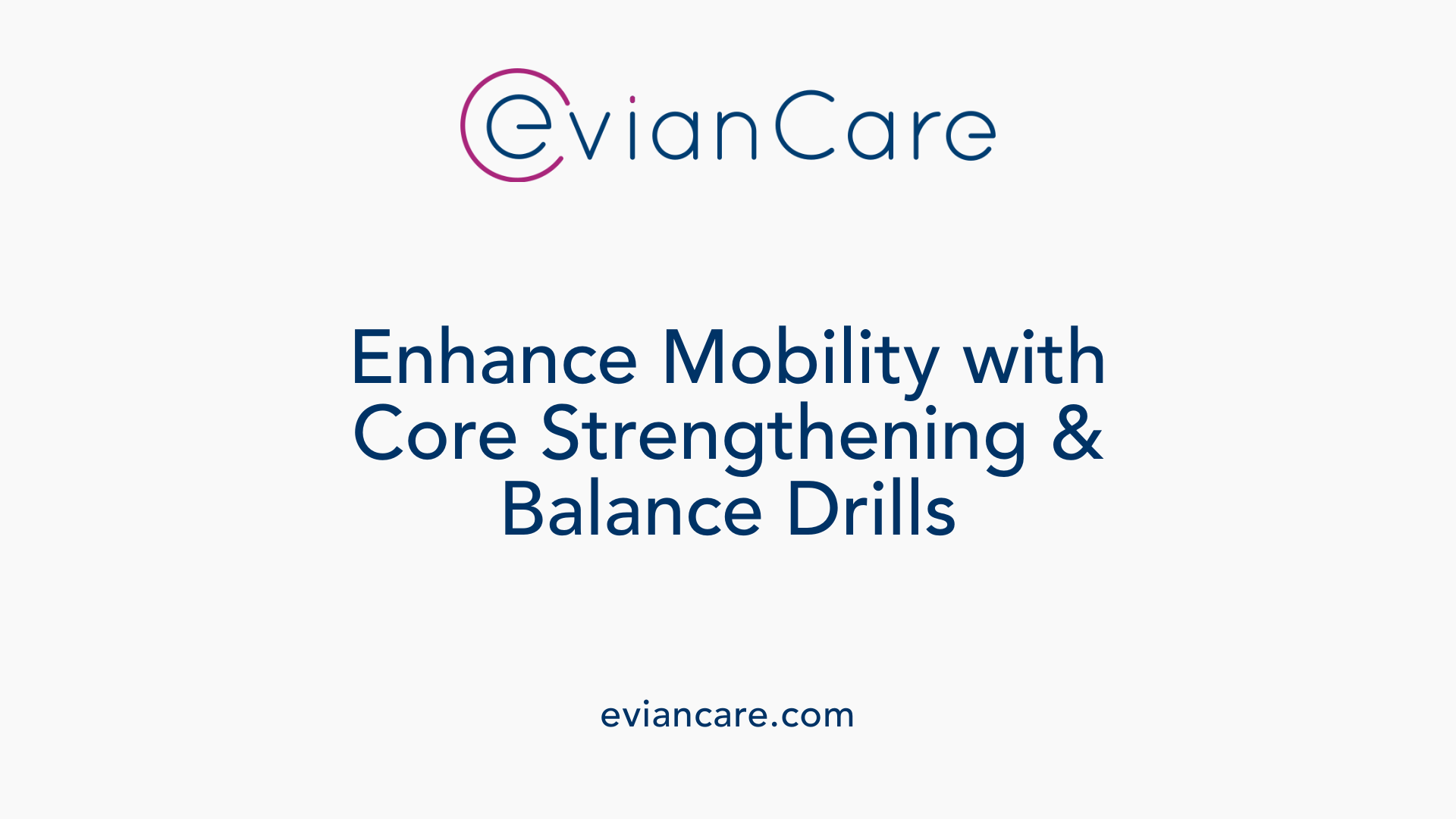 In physiotherapy, a range of exercises and techniques are tailored to improve both gait and posture. Gait training is a central component, often involving activities like walking on a treadmill, which helps rebuild proper walking patterns and boost confidence. Balance drills such as single-leg stands, stepping over objects, and heel-to-toe walking are used to enhance stability and coordination.
In physiotherapy, a range of exercises and techniques are tailored to improve both gait and posture. Gait training is a central component, often involving activities like walking on a treadmill, which helps rebuild proper walking patterns and boost confidence. Balance drills such as single-leg stands, stepping over objects, and heel-to-toe walking are used to enhance stability and coordination.
To correct postural misalignments, therapists incorporate core strengthening routines, including plank poses and Superman exercises. These target abdominal, back, and shoulder muscles, promoting better spinal stability. Additionally, stretching exercises like cat-cow and pectoralis stretches help improve flexibility, especially in the chest and back, reducing stiffness and tension.
Manual therapies, combined with functional assessments, enable therapists to identify specific imbalances or restrictions. Patient education on ergonomic practices, posture correction, and movement strategies ensures long-term benefits. For foot placement and joint mobility, exercises such as toe lifts and joint mobilizations are emphasized.
Various gait training methods, including treadmill walking with assistive devices and balance drills on different surfaces, foster safe and effective movement. These activities are often supplemented with cueing strategies like visual or auditory cues to guide proper step length and rhythm.
In summary, a combination of strength, flexibility, balance, and gait exercises, supported by manual therapy and patient education, forms the foundation of physiotherapy efforts to improve mobility. Working closely with a skilled therapist ensures exercises are correctly performed and tailored to individual needs, maximizing recovery potential.
Gait Training in Physical Therapy: Processes and Techniques

What is gait training in physical therapy and how is it performed?
Gait training in physical therapy is a structured approach to help individuals improve their walking abilities. It involves a variety of exercises and techniques tailored to enhance walking patterns, balance, and overall mobility. Therapists assess factors such as stride length, step width, symmetry, and gait phases to identify abnormalities.
The process includes evaluating the patient’s gait, strength, coordination, and confidence in walking. Based on this thorough assessment, the therapist designs a personalized plan that may incorporate exercises like treadmill walking, overground walking, balance drills, and functional activities. Assistive devices such as canes, walkers, or gait belts are often used to support safe practice.
Training often involves practicing walking on different surfaces, including uneven or multi-surface terrains, to challenge stability and proprioception. Techniques like biofeedback, cueing with visual or auditory cues, and virtual reality may be employed to reinforce correct gait mechanics. The ultimate goal is to improve walking efficiency, reduce fall risk, and increase independence in daily activities.
Regular gait training sessions can also include strengthening exercises, flexibility routines, and mobility drills that mirror real-life situations, helping individuals adapt to various environments and improve confidence.
Use of assistive devices and biofeedback
Assistive devices such as braces, orthotics, or walking aids provide stability during gait training. Biofeedback tools, including visual displays or vibration devices, help patients become aware of their gait patterns and make real-time adjustments. This sensory input helps reinforce proper biomechanics.
Overground and treadmill training
Therapists often utilize both overground walking and treadmill exercises. Treadmill training allows controlled environment practice and can be adjusted for speed and support. It is useful for early phases of rehabilitation and for patients with significant impairments.
Variety of exercises like step work, balance drills, and functional activities
Core exercises include:
- Step-over objects to improve coordination
- Balance drills such as single-leg stands
- Functional activities like stair climbing, turning, and navigating obstacles
These activities target specific deficits, strengthen muscles, and bolster confidence.
Challenges like uneven surfaces and multi-surface training
Training on varied terrains simulates real-world conditions, addressing challenges faced during outdoor walks. This includes practicing on uneven ground, slopes, or textured surfaces to enhance adaptability and reduce fall risks.
Gait training in physical therapy is a comprehensive, adaptable process that dramatically improves walking ability, especially in neurological conditions like stroke or Parkinson’s disease, orthopedic injuries, or age-related mobility decline.
Correcting Gait and Postural Abnormalities: The Impact of Structured Exercises
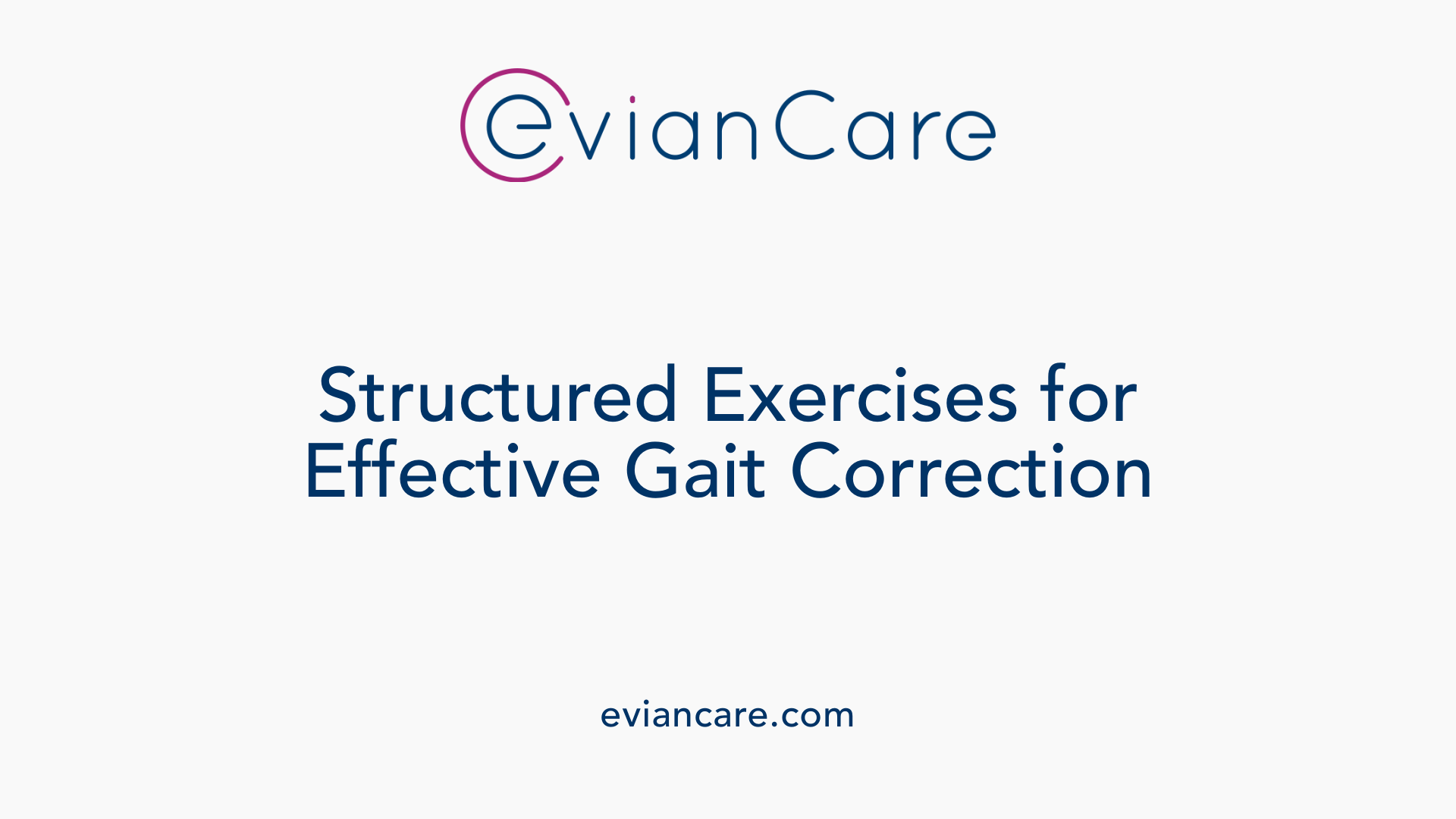
How do gait correction exercises work to address abnormalities?
Gait correction exercises target specific muscles and movements that are vital for normal walking. They work by strengthening weak muscles, improving flexibility, and enhancing joint mobility. These exercises help retrain the brain-muscle communication necessary for proper gait patterns.
Physical therapists design routines that include strength training, stretches, and balance drills. For instance, exercises like seated leg lifts, lunges, and heel-to-toe walking can correct issues such as overpronation or shuffling gait.
Regular practice is essential. It reinforces optimal movement mechanics, such as correct foot placement and posture alignment. Over time, these exercises can help adjust abnormal gait patterns caused by injuries, neurological conditions, or age-related changes.
The result is a more efficient, stable walking pattern that minimizes fall risk and increases mobility. Proper gait correction not only enhances walking but also improves overall health and quality of life.
The Path to Better Mobility and Postural Health
Achieving optimal gait and posture requires a multifaceted approach tailored to the individual's needs. Physical therapy employs detailed assessments, innovative diagnostic tools, and targeted exercises to address the root causes of abnormalities. Techniques such as gait training, strength and flexibility routines, manual therapy, and ergonomic adjustments are fundamental in restoring stability, improving movement efficiency, and preventing injury. With consistent practice and personalized guidance, patients can experience significant improvements in mobility, balance, and overall musculoskeletal health. Emphasizing early intervention and ongoing management, physical therapy remains a cornerstone in the non-invasive correction of gait and postural disorders, ultimately enhancing quality of life.
References
- Physical Therapist's Guide to Gait Dysfunctions
- Posture and Gait Assessment Strategies for Physical Therapists
- 6 Best Physical Therapy Posture Exercises To Reduce Pain
- Evidence-Based Physical Therapy for Gait Disorders - PMC
- Balance & Gait Disorders, Jacksonville, Florida - Rebound Rehab
- Abnormal Gait: Gait Disorder Types, Causes & Treatments
- Physical Therapy for Posture Correction: A Comprehensive Guide
- Physical Therapy for Gait Disorders: Taking the First Step Towards ...
- Improving Mobility and Function: The Power of Gait Training
- Master Proper Posture: PT Techniques for Long-Term Benefits









